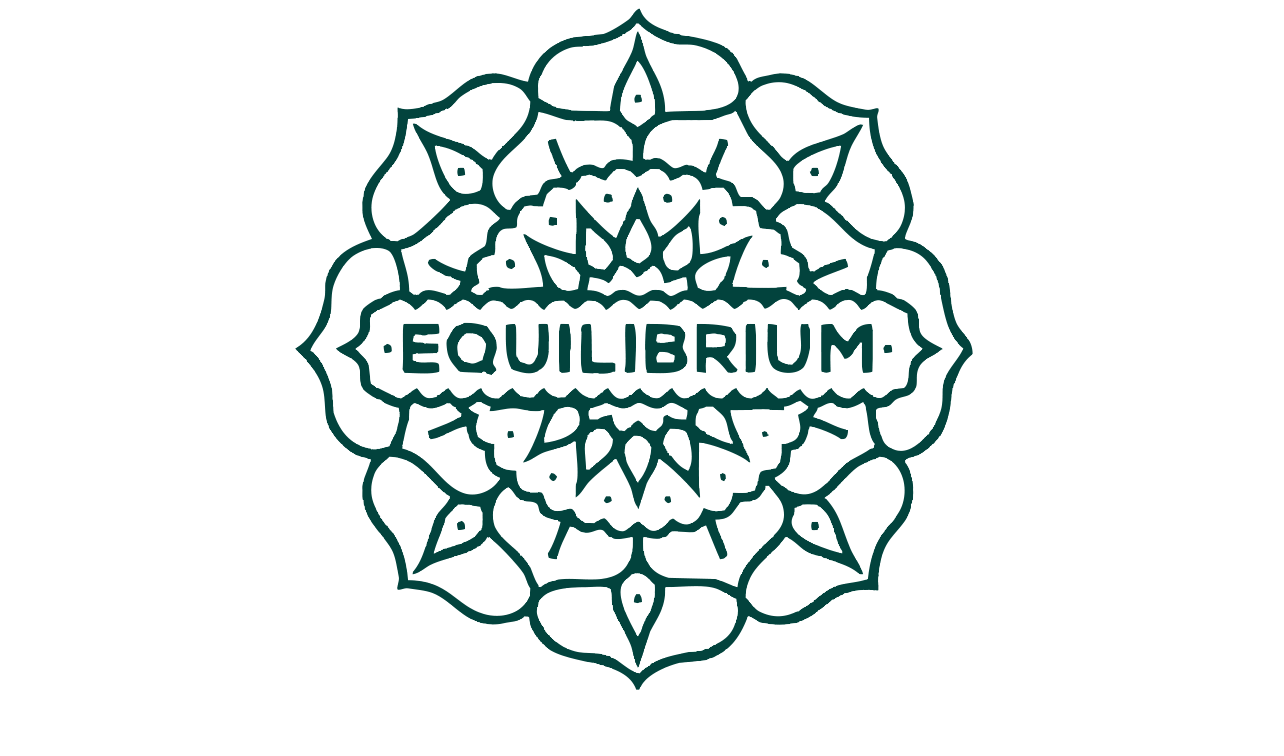Emotional Resilience: The Yoga of Feeling Your Feelings
We often talk about emotions as if they only live in the mind, but anyone who’s felt a tight chest during stress or butterflies before a big moment knows emotions are just as physical. Modern neuroscience confirms that emotions are processed not just in the brain but through the entire nervous system and body, often showing up as muscle tension, gut reactions, or changes in breath. Ancient texts like the Charaka Samhita remind us that the mind and body are deeply intertwined; that disturbances in one cause ripples into the other. Yoga invites us to meet these emotions where they live: in our tissues, breath, and posture.
Movement has always been medicine, but yoga offers something more subtle than just exercise. When we flow through asana or soften into a restorative shape, we’re also influencing the nervous system. Research shows yoga can down-regulate the body’s stress response, shifting us from “fight or flight” into “rest and digest.” This is why practices like forward folds, gentle twists, or supported inversions often feel like balm for anxiety. In our studio, Yin yoga offers a particularly powerful way to unwind stress stored in the body, as lingering in postures allows time for emotions to surface and release while the nervous system settles into calm.
A big part of this work is creating a safe space on the mat. That might mean dimming the lights, using props for support, or simply giving yourself permission to arrive without expectation, knowing that safety isn’t just physical, but emotional. The Yoga Sutras describe ahimsa (non-violence) as the first step of yoga, which in this context might mean practicing with kindness toward yourself. For many, the yoga shala becomes a space where it’s okay to feel whatever arises - sadness, frustration, or joy - without needing to fix it right away.
But yoga isn’t about numbing out or escaping emotions. Instead, it can be a way of gently processing them. Movement, breath, and meditation can help us digest emotional experiences much like the body digests food. Yoga is often referred to as a tool for samskara shuddhi (cleansing of past impressions), suggesting that by staying present with what arises, we lighten the burden of unresolved emotions. Science echoes this too: body-based practices like yoga and somatic therapy are now widely studied for trauma recovery, helping people process and release what words alone cannot. Beyond the mat, our Holistic Circle bushwalk for our members this month will offer another form of emotional processing - connection and shared reflection, reminding us we don’t have to carry everything alone.
Even posture itself has an impact on how we feel. Studies show that slumping can increase feelings of fatigue or sadness, while upright, open posture is linked with greater confidence and energy. Yoga gives us the chance to explore these shifts intentionally - heart openers to invite joy, grounding poses for stability, child’s pose for surrender. The beauty is that we don’t need to “force” an emotion; simply adjusting the way we inhabit the body can create space for the mind to follow.
Emotional resilience doesn’t mean shutting down or staying strong no matter what; but rather, learning to move with our emotions rather than against them. We’re reminded that resilience isn’t about “getting over it” but about softening, processing, and reconnecting with the wisdom we already hold within.
